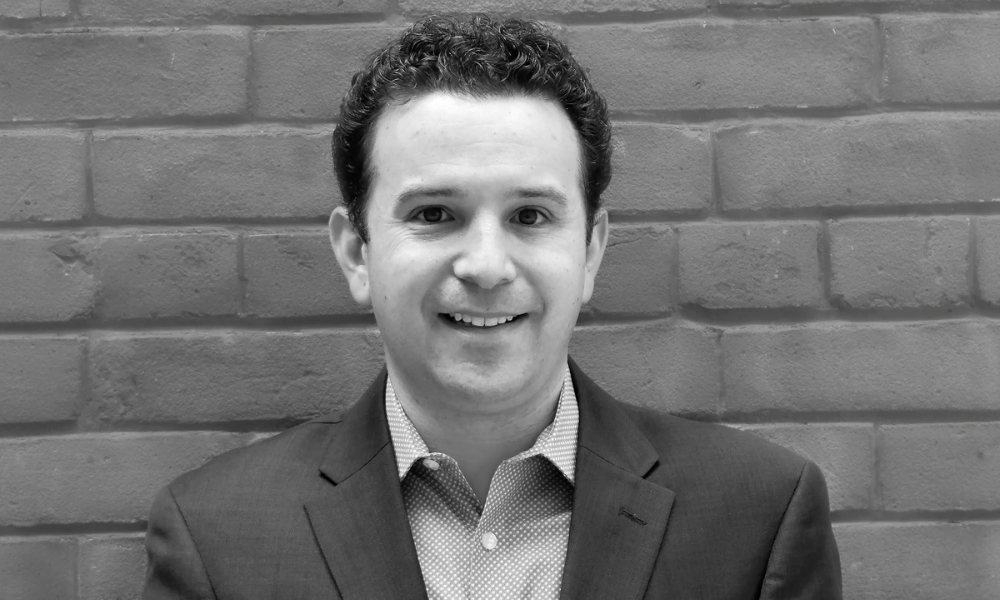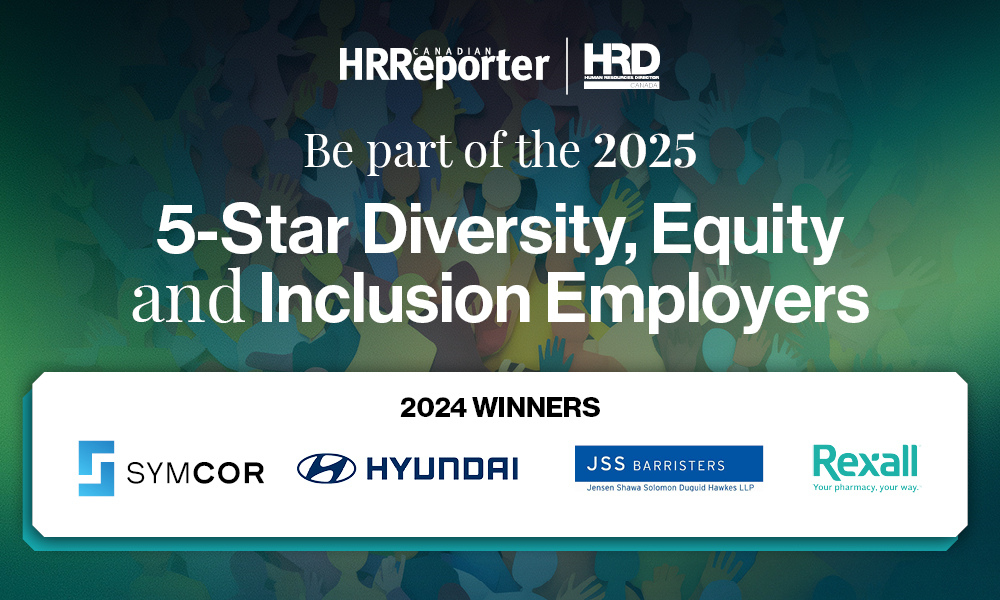Diversity cited as strong driver of success: Survey

Most companies and business leaders agree that a culture of innovation is key to success, but less than half of employees feel empowered to make positive changes, according to a study.
Seventy-six per cent of executives reported they fully empower workers to innovate within their organizations, but only 36 per cent of employees in Canada agree this is true, found the Accenture Getting to Equal 2019 survey.
“While leaders may have the right intentions in terms of fostering innovation, it unfortunately doesn’t always translate into a true, empowering environment, where employees feel that they have the ability and the willingness to innovate,” said Zoya Zayler, inclusion diversity lead at Accenture in Toronto.
“We found that there’s a strong disconnect.”
More than 18,000 professionals in 27 countries were surveyed (including 700 in Canada) during October 2018 and the study also included a phone survey with more than 150 C-level executives in eight countries in November and December 2018.
“Ninety-five per cent of the business leaders that we spoke to viewed innovation as vital to competitiveness and to business viability,” said Zayler.
In terms of raw economic growth, the study also found a vast amount of new wealth could be created with the right business mentality.
“Accenture calculates that global gross domestic product will increase by up to US$8 trillion over 10 years if the innovation mindset in all countries were raised by 10 per cent,” said Zayler. “These are some really high economic stakes that will impact the global economy.”
Diversity’s role
But what is the greatest driver of innovation? Corporate employee diversity plays a large part, according to the Accenture study.
“An employee’s innovation mindset — that’s their willingness and ability to innovate — is nearly six times higher in companies with a robust culture of equality than in the least equal cultures,” said Zayler.
Having greater diversity in a company isn’t just the morally right thing to do, it will bring out new ways of approaching an opportunity, said a workplace expert.
“We see it time and time again that there’s no two backgrounds that are the same. The more angles, opinions, perspectives, lived experiences we can bring to the table, the more opportunity we’ll have for innovative results. If you’ve got similar people with similar backgrounds, they will only bring a similar lived experience to a problem,” said Eric Termuende, co-founder of NoW Innovations in Vancouver.
“It’s pretty clear that when we can have differing opinions and lived experiences at the table, we can come up with more innovative and new results.”
And by continuing to promote a diverse workplace culture, this will help businesses reach new markets.
“When you think about the world, all of our customers are diverse; we’re serving diverse people. Every company needs to be diverse — whether its diversity of culture, whether its diversity of experience, diversity of thoughts — we need to make sure that if you want to be innovative, you need to be exploring all of those and making sure everyone has a voice so that you can be serving the customers that represent all of those people,” said Pam Ross, HR consultant at Blue Rebel Works in Oakville, Ont.
Psychological safety
For HR, allowing workers to become innovative means “creating psychological safety and trust at all levels,” said Ross.
“Do people feel safe to take a risk on the team? Do they feel safe to challenge each other? Do they feel safe to say what they really think about things and without being judged without and without losing any respect?”
“For years and years and years, leaders made decisions and people didn’t challenge them so we’re still in a culture where, as much as we want everyone to be innovating, we haven’t developed the psychological safety around the table for everybody that they can challenge those things,” she said.
By establishing that type of culture, employees “feel that it’s safe to propose new ideas, giving them authority to make decisions regardless of what those decisions are, giving them credit for their successes, and defining innovation as more than just technology innovation,” said Julie Bevacqua, chief revenue officer at Rise People in Vancouver.
And employees become fully involved once they feel safe, she said.
“Engagement is the ability for employees to come to work feeling present and focused and energized. The reason for that is engaged employees go above and beyond what is expected of them, because they feel like they’re part of a purpose greater than themselves.”
The Accenture numbers for Canada back up this idea: 39 per cent of survey respondents at the most-equal companies agreed with the statement “Nothing stops me from innovating,” while only five per cent agreed in the least-equal employers surveyed.
HR can become involved in changing this mindset due to its natural proximity to company leaders, said Ross.
“When I’m working with HR clients, our role is to coach leaders. The senior HR person is often the one with a direct ear and often ends up acting almost as a coach to the CEO and other members of the executive team,” she said.
“If we can keep that lens of psychological safety and how are our leadership behaviours affecting others in our everyday actions and affect our culture, that’s really important.”
Pay hikes versus culture boosts
Simply increasing wages does not improve innovation, as much as improving the corporate culture, according to the study.
“Our research actually shows that the impact of workforce culture factors on an innovation mindset is 21 times greater than the impact of an increase in average pay. Specifically, a 10 per cent increase in pay leads to half a percentage point increase in innovation culture, whereas a 10 per cent increase in workplace culture factors, leads to a 10.6 per cent increase in innovation culture,” said Zayler.
“It’s much more impactful as a driver of innovation.”
By strengthening the underlying values of the company “employees like to feel, especially millennials, that they are part of a purpose that is greater than themselves and the way to do that is to create an engaged workforce,” said Bevacqua.
“They feel that their job has meaning (and) they’re able to make an impact in the workplace and feel that they will get rewarded for it.”
With employees feeling continuously connected to their workplaces, even after they leave the office, improving the atmosphere should bring benefits.
“The average individual is working 47 hours a week; we might be working nine or 10 hours a day from Monday to Friday, perhaps even on the weekends as well. And we’re only sleeping seven. When we can bring quality-of-life into the thing we do more than anything else in the day, which is work, we are able to come home with a bit of a skip in our step and energy for our family,” said Termuende.
“We don’t feel completely depleted, we don’t feel like that toxic environment that we’re a part of is prohibiting us from being the powerful individual that we want to be.”




